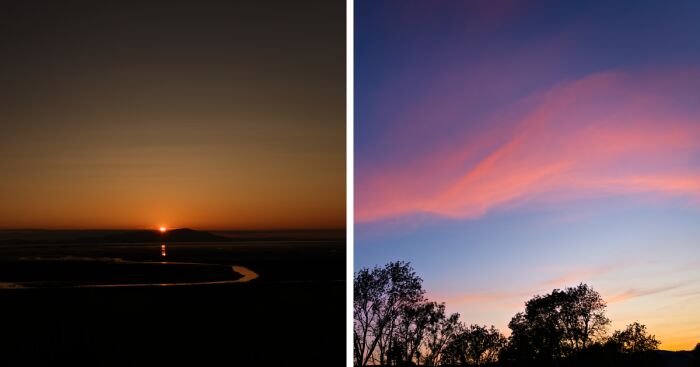
10 Tips You Must Know For Capturing The Beauty Of Sunsets In Your Photos In 2023
There are very few things more appealing than a good sunset. The soft glow of a late summer day turned into golden hues of glorious light.
It’s not always like that though, and although sometimes the sunset plays well for us, it’s handy to know how to get the best out of a sunset shoot just in case!
Get to know your gear, your local area, and the weather – all of these can assist you in getting a great shot but here are a few tips to keep in mind to help you get the shot you are looking for.
More info: dpture.com
Location
It kind of goes without saying that you need to be in a location where you can at least see the sun in to get a sunset shot, but it’s handy to go to spots and see what the views are like during the daytime to get some idea of what sort of things are there to aid with the composition. Don’t be afraid to incorporate features that you’d find distracting in the daytime too – for example, a power line pylon can make for a great silhouette and set a scene off really well! Trees are your friend too, as are buildings if they’re in the distance.
Also, check your weather apps (multiple apps, don’t just rely on one) to see if there will be high clouds or even if you’ll be getting a sunset! High cloud works brilliantly for a bit of detail in the sky, but it’s not essential.
If you’re lucky enough to get to the coast, the sea provides an amazing foreground and has an almost “Desert Island” feel to the sunset with a perfectly level horizon that the sea provides. Just be careful of the tides if you venture out onto the beach – safety first!
It’s all in the timing!
Get to your location for the shoot early enough to get set up and take in the scene. Don’t be afraid to move around and experiment with a few shots while you’re waiting for the sun to go down just so you’re ready for the main event!
When you get into shooting the sun going down you’ll be ready and can take as many shots as you can knowing what will work from your practice shots.
Oh, and don’t forget to take a light of some kind – if you stay out after dark you might just need it!
They Think It’s All Over!
If you’re done shooting and the sun has gone down – wait! A lot of the time you’ll find the afterglow will give you even more shots and sometimes the glow is just as gorgeous as the sunset itself – sometimes even better!
If you have a bit of cloud it can catch the sun from beyond the horizon giving a bit of subject matter to offset the golden hues of the sky – a really nice contrast for a great image.
So remember, don’t pack up and go home when the sun goes down – just in case the party is just getting started!
Composition – don’t be afraid to play
Sometimes a good sunset needs nothing more than a bit of a hillside or mountain for the sun to go behind and create a nice silhouette, but don’t be afraid to play with the way it looks. Move around placing the sun in different portions of the image, and add foreground items as you move around or remove them. Shooting grass seed heads makes for a fantastic feature piece – focus on the grass and not on the sun for the best effect! If you get lucky you might catch a young couple out for a stroll – be quick and grab a shot of them backlit by the sunset glow to give your shot a little extra element that will make it stand out.
You don’t get long once the sun starts to dip down towards the horizon though, so play as much as you can and keep snapping!
Get your settings right
If you just take a snap of the sunset in auto mode you’ll probably be massively underwhelmed as the camera will try and get things neutral and perfectly exposed. It’s time to shift into Manual mode but don’t be afraid – it’s quite simple!
The first thing to consider is your ISO – set this to your camera’s base ISO setting (normally as low as you can get it) then set your aperture to somewhere between f/8 and f/11 (depending on your camera set up). Then adjust your shutter speed to suit. If you have a mirror-less system or can see a “live view” line up your shot and try increasing and decreasing the shutter speed to get the look you want.
Add a little warmth!
By default, most cameras will try and get a neutral white balance to a shot, which for normal day-to-day shooting is fine but for sunset photography, you really want to emphasise the warmth in the sun’s glow. If your camera allows, try altering the white balance away from Auto to Cloudy or between 5500k and 6500k. Some cameras list the colour temperature in numbers, and the higher the number the warmer the image.
When you combine this with a setting for a nice warm, deep sunset image you’ll see it come alive!
Use a tripod when it gets darker
Unless your camera has exceptional image stability like my OMSystem OM-1 then as you get into the darker portions of sunset it will help to have the camera on a tripod. This will make sure you keep things level, shake-free and keep the images crystal clear. You don’t want to ruin the images in the last throws of sunset to a shutter speed that you can’t hand-hold still enough – don’t be afraid to switch early to get the best of the shots!
Don’t look at the light
I know it’s tempting but unless you have a mirror-less camera, looking through the viewfinder at the sun can be quite dangerous! Even modest zoom levels can cause major damage to your eyesight so always use “Live View” and never get tempted to look directly at the sun! Once it gets more towards the end of sunset it’s not as much of a problem, but any time before that and you could end up regretting using the viewfinder!
Don’t forget to look behind you
Sometimes the sunset itself can be pretty boring but the glow that it throws behind you can be even better than the main event! Always look around, look for clouds that could catch the sunlight as it drops and takes on a pink almost red glow. Sometimes a cloud bank will change colour and provide a much more interesting shot than the sun going down the can. Small whisps of cloud too are an ideal subject – especially if they’re in clear skies as it makes for a perfect contrast between the cool blue sky and hot pinks and reds of the cloud.
Sometimes it just doesn’t work – don’t give up
It goes without saying that not all sunset shoots give great shots. In fact, over the past year or two, I can count on one hand how many good sunsets I’ve been able to capture. Don’t get disheartened though, the more you try the more you will get so make sure you take the opportunities. A failed attempt is better than failing to attempt in the first place!
Remember, for all the good sunset shots that you see online there will be a hundred or more failed shots – you only get to see the best bits but make a bit of an adventure of it and you’ll enjoy the experience no matter the quality of the sunset!
220views
Share on Facebook
 Dark Mode
Dark Mode 

 No fees, cancel anytime
No fees, cancel anytime 






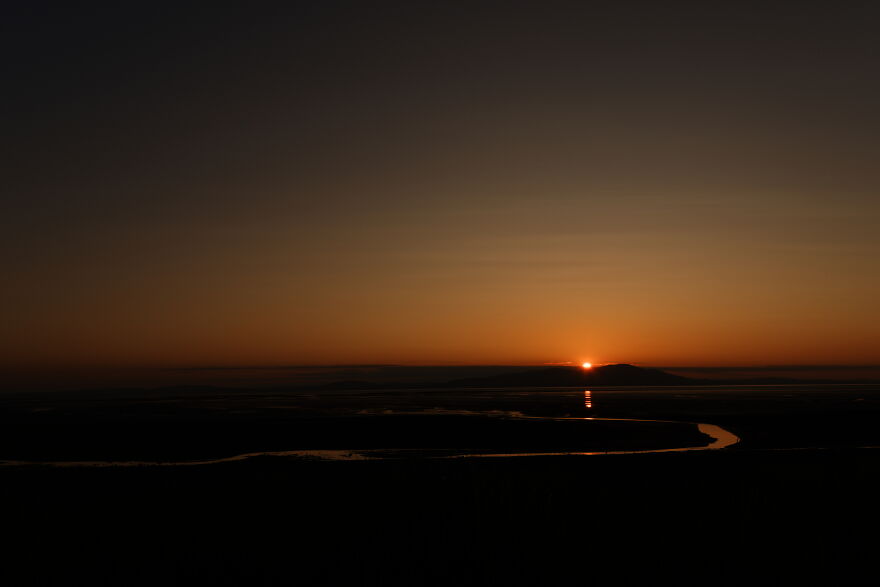
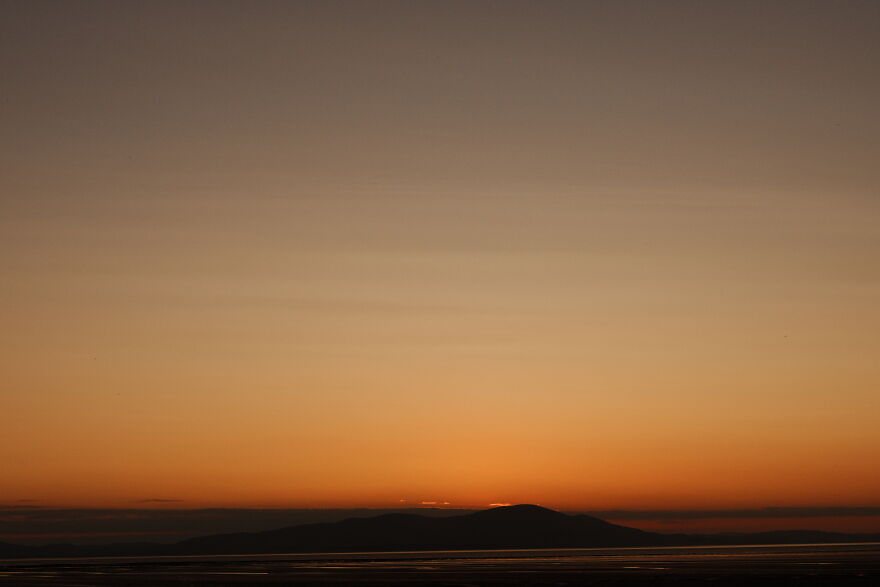
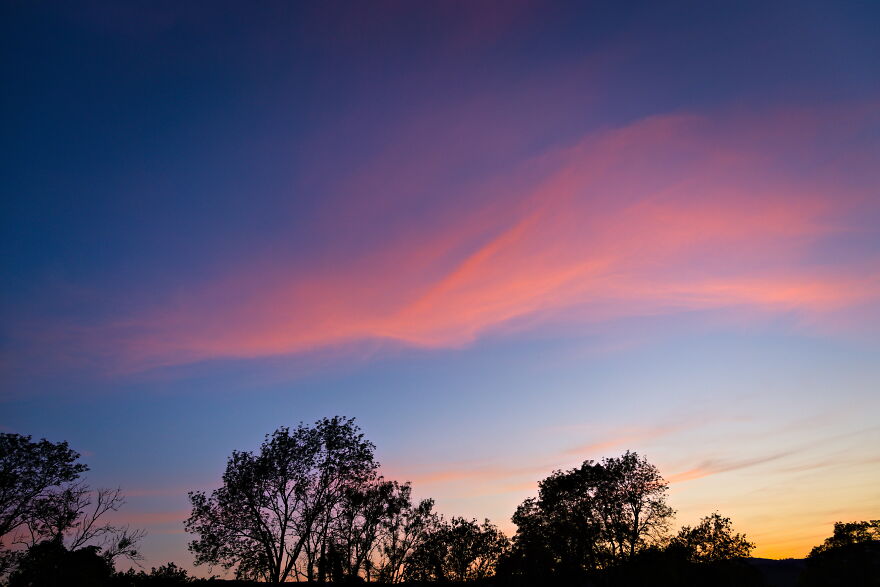
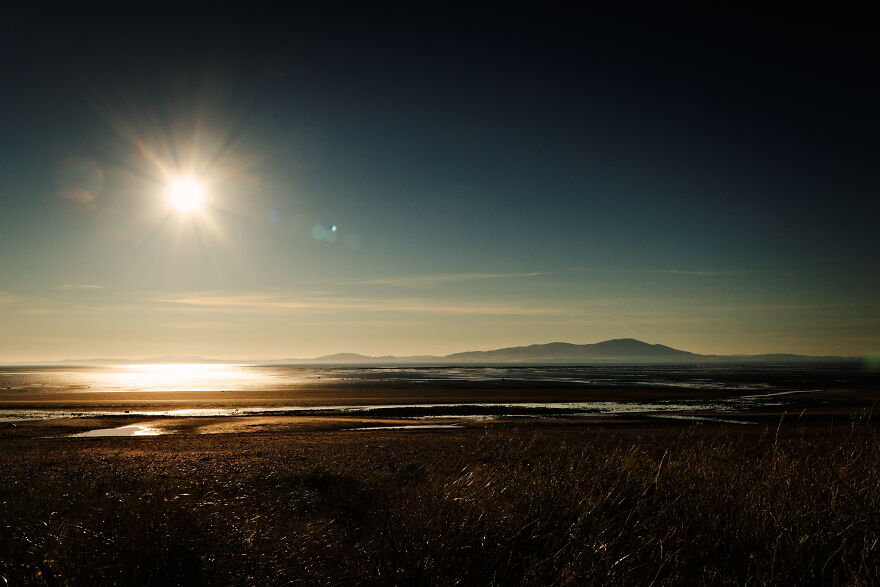
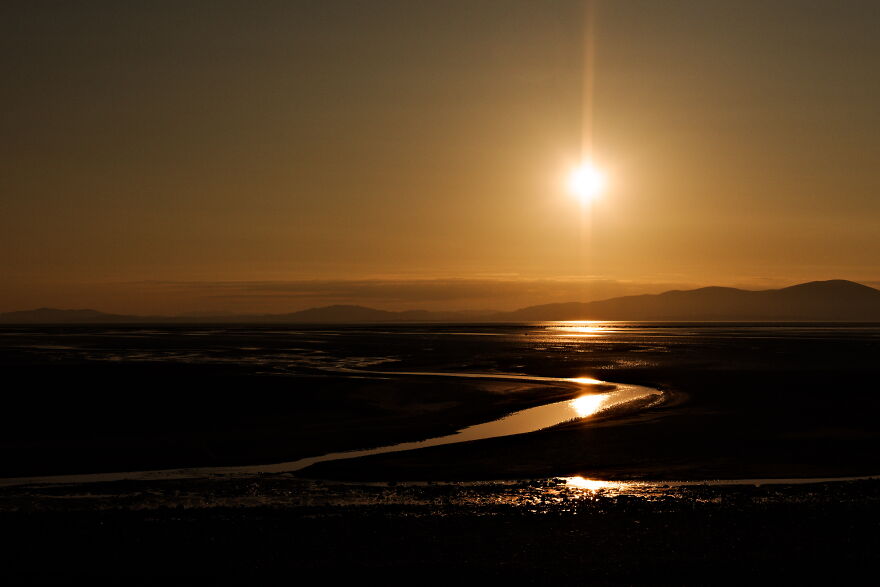
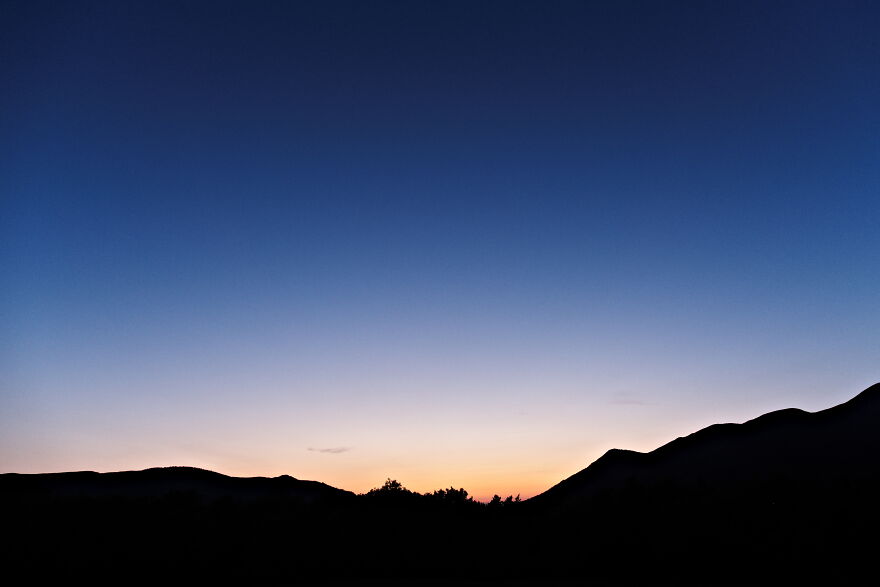
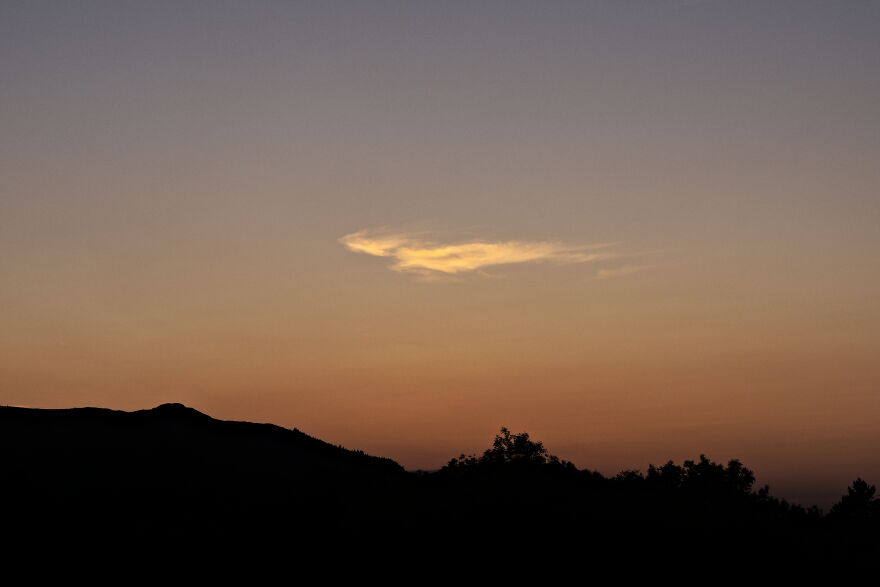
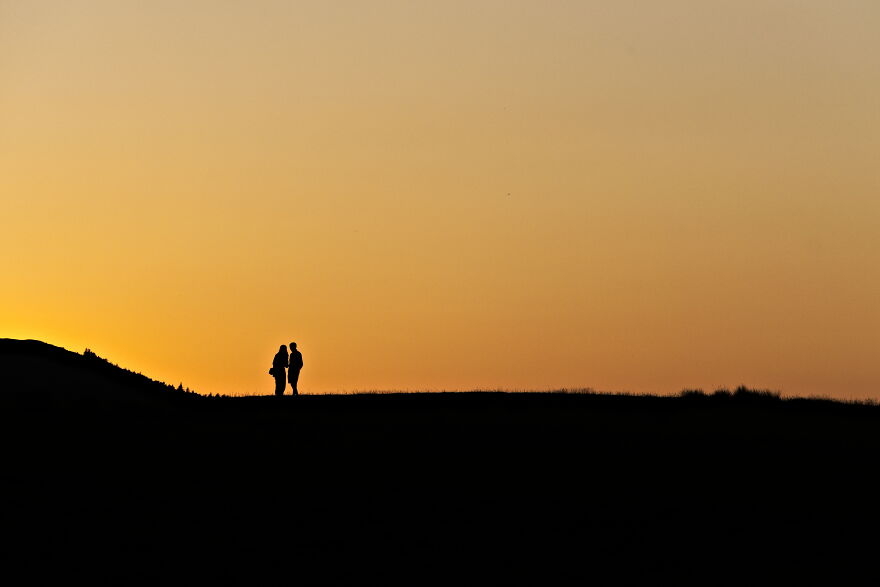
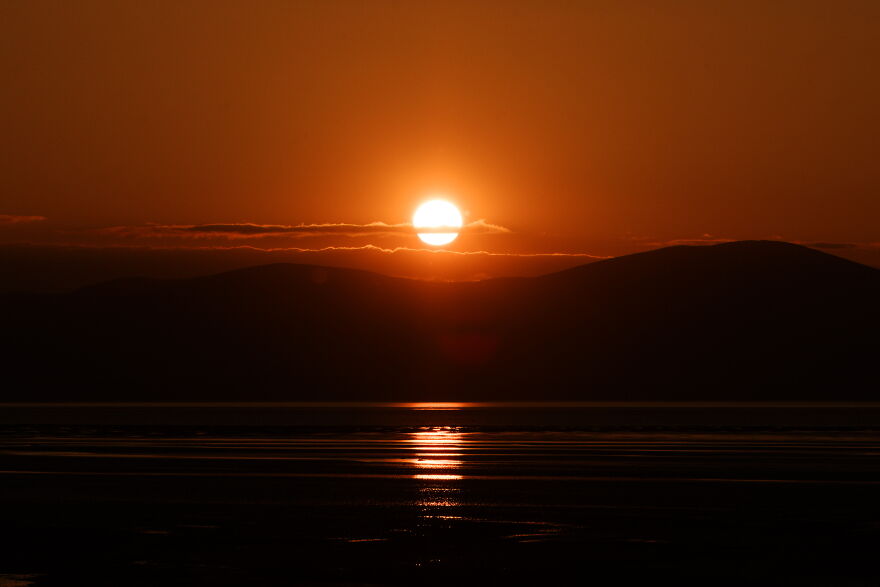
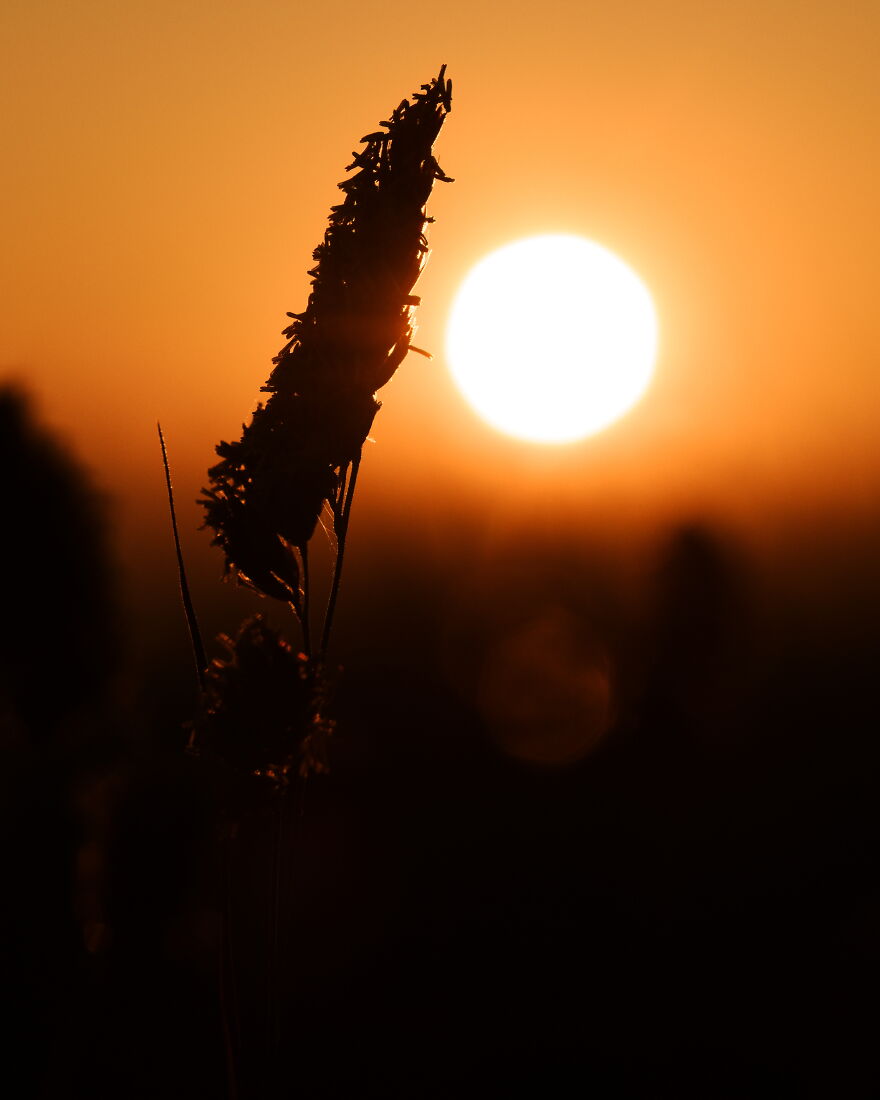










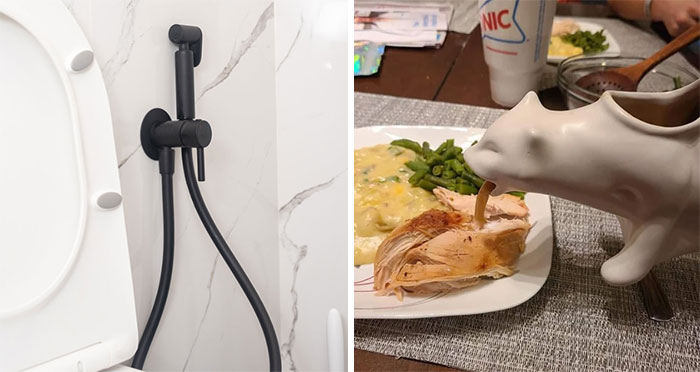
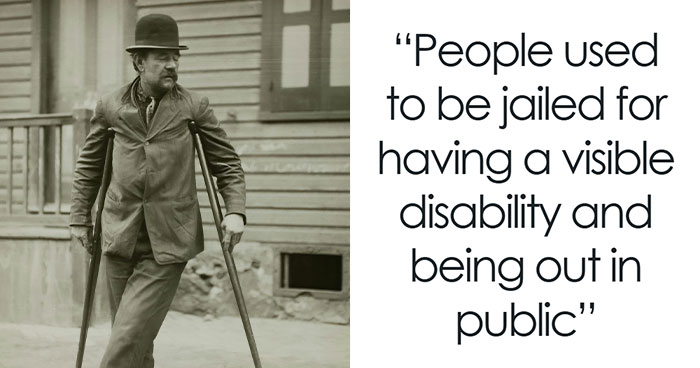

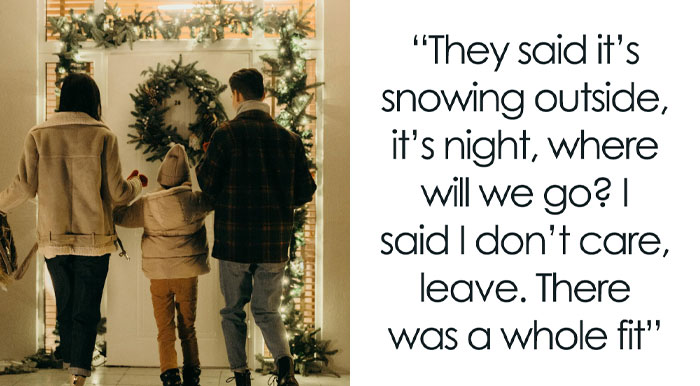






























15
0